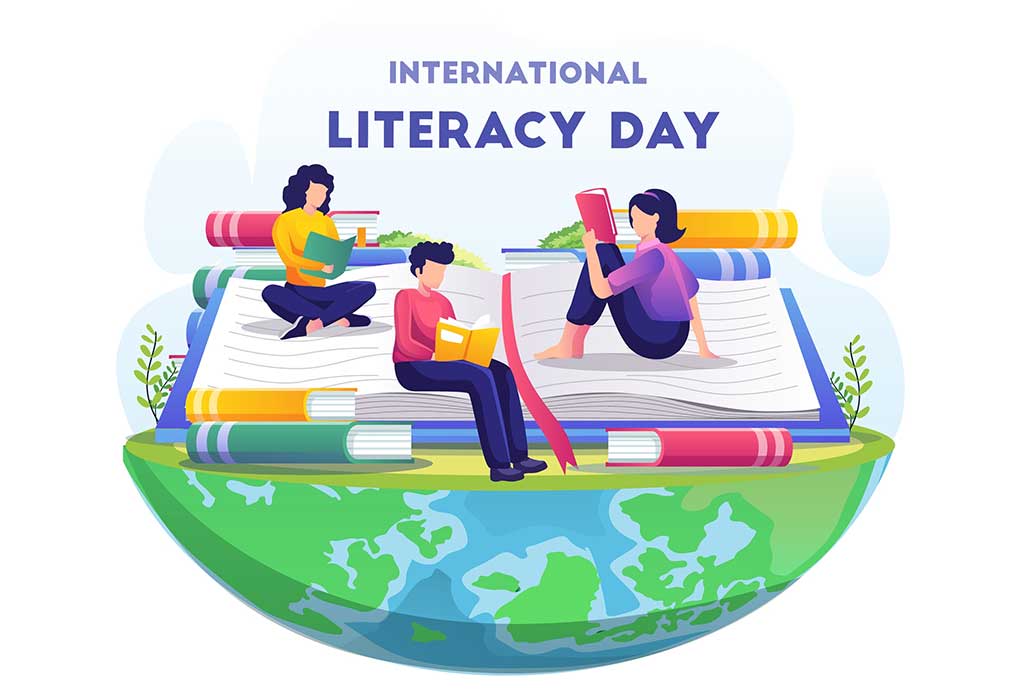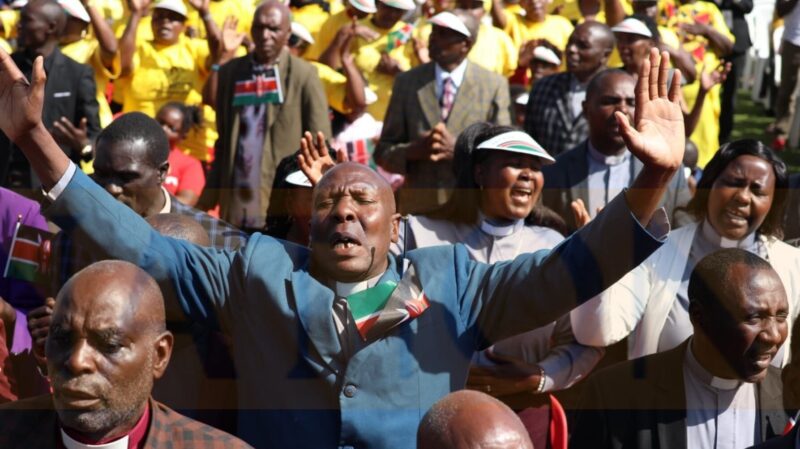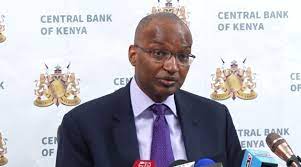UNESCO Institute for Statistics states that there are 773 million illiterate adults across the world, with women accumulating a higher percentage of the number.
It is said that poverty and illiteracy go hand in hand. Lacking basic reading and writing skills is a tremendous disadvantage, as literacy helps in developing skills that create a wide array of employment opportunities.
The least literate country according to World Population Review, ranks Chad as the most illiterate country with only a 22.31% literacy rate. Other countries with less than 40% literacy rates are Guinea at 32.00%, South Sudan at 34.52%, Niger at 35.05%, Mali at 35.47%, and the Central African Republic at 37.40%.
The contrasting view is that all of the top 10 countries have a percentage higher than 99.7%. The countries in order of most literate in the top 10 include; Uzbekistan, Ukraine, San Marino, Latvia, Estonia, Czech Republic, Lithuania, Tajikstan Azerbaijan, and Kazakhstan.
However, it is not all doom and gloom as 86.4 percent of the world population above the age of 15 are literate. According to the most recent data Statistic conducted in 2018, 81.5 percent of people aged 15 years and above in Kenya were able to read and write a simple statement. This can be largely attributed to education being a basic need granted in the constitution.
International Literacy Day is an international observance, celebrated each year on 8 September, that was declared by UNESCO on 26 October 1966 at the 14th session of UNESCO’s General Conference. It was celebrated for the first time in 1967.
As a country, we may be going through a lot of hardships but at least illiteracy is not one of them.







